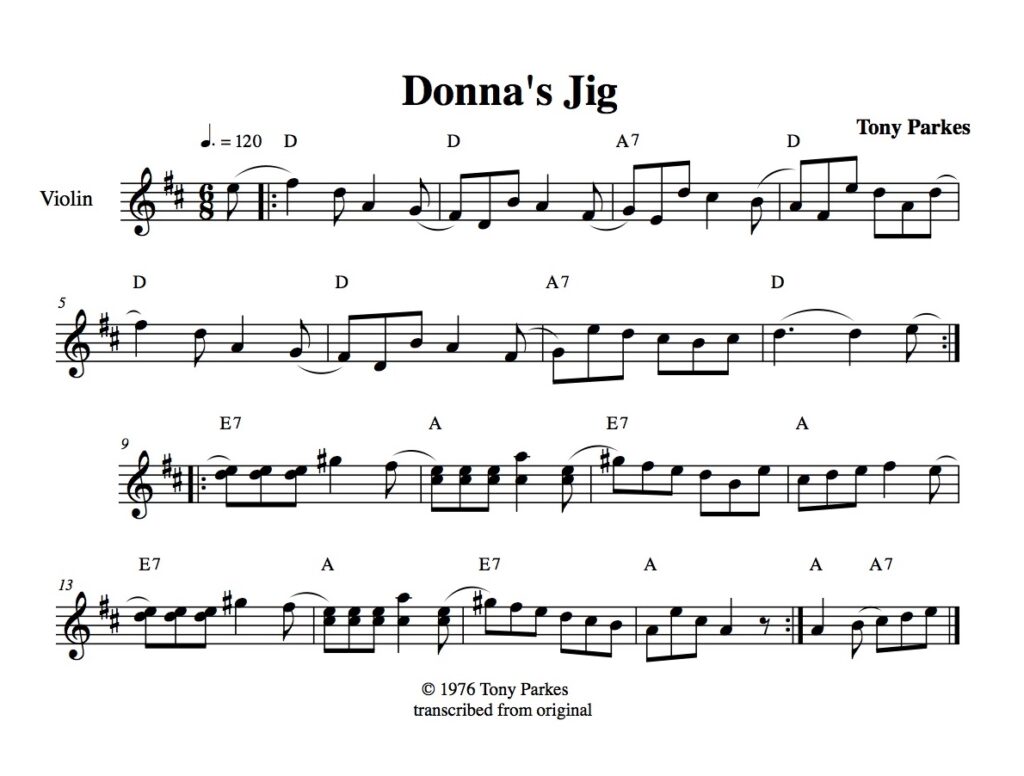 May 26, 2024
May 26, 2024
Saying goodbye to Tony Parkes
I am grateful to be playing music with dear friends today at the Concord Scout House honoring Tony Parkes. Tony and I were young adventurers together, starting dance series at the Scout House, inventing new traditions, and though we didn’t know it then, seeding the contradance tradition in many dancers and musicians who planted those seeds wherever they landed.
Tony remains the greatest caller for me. The musicality of his calling, his perfect phrasing, the lack of ego, his mind and eyes on the dancers the whole time, all made him a master. It was easy as pie to play for him and he thought the same of me. When we met, he was flabbergasted to find out I had live session tapes of one of his fiddling heroes in the car. A number of years later, we took great joy in inviting said fiddling hero to play our Scout House dance. Tony and I shared a true passion for the fiddle music of the northeast, especially Quebec and Maritime music and a lot of those tunes were on our roster wherever we played.
He and I were in agreement that the musical phrasing of a tune needs to fit that of the dance to enhance the experience for the dancers. It couldn’t be haphazard. But rather than insisting on a certain rote tune, it came down to what the groove of the dance was and what tune would bring out that groove. We programmed that together as fiddler and caller and learned quickly that some grooves are easier to dance in. We knew we’d nailed it when the dancers let go with something approaching a holler. There’s an elegance and a simplicity of purpose when everything clicks like that. A moment where you don’t feel ridiculous saying “This! This is what I’m meant to do!” You might think it’s just a dance, but it’s really not just a dance. It’s a moment in time when people are willingly cooperating with each other, moving together, following subtle musical cues and direction from the caller and then BAM! You are really in sync, dancing as one!
Yup, pure magic! Thanks, Tony!
Tony also wrote a wicked danceable jig that’s a joy to play – give it a try and pass it on!









